Community Maple Program
Many methods can be used to make maple syrup, but each way makes the same sweet product. Here are some stories from families, neighbors and a serious amateur maple producers about how they strive to preserve this golden treat.
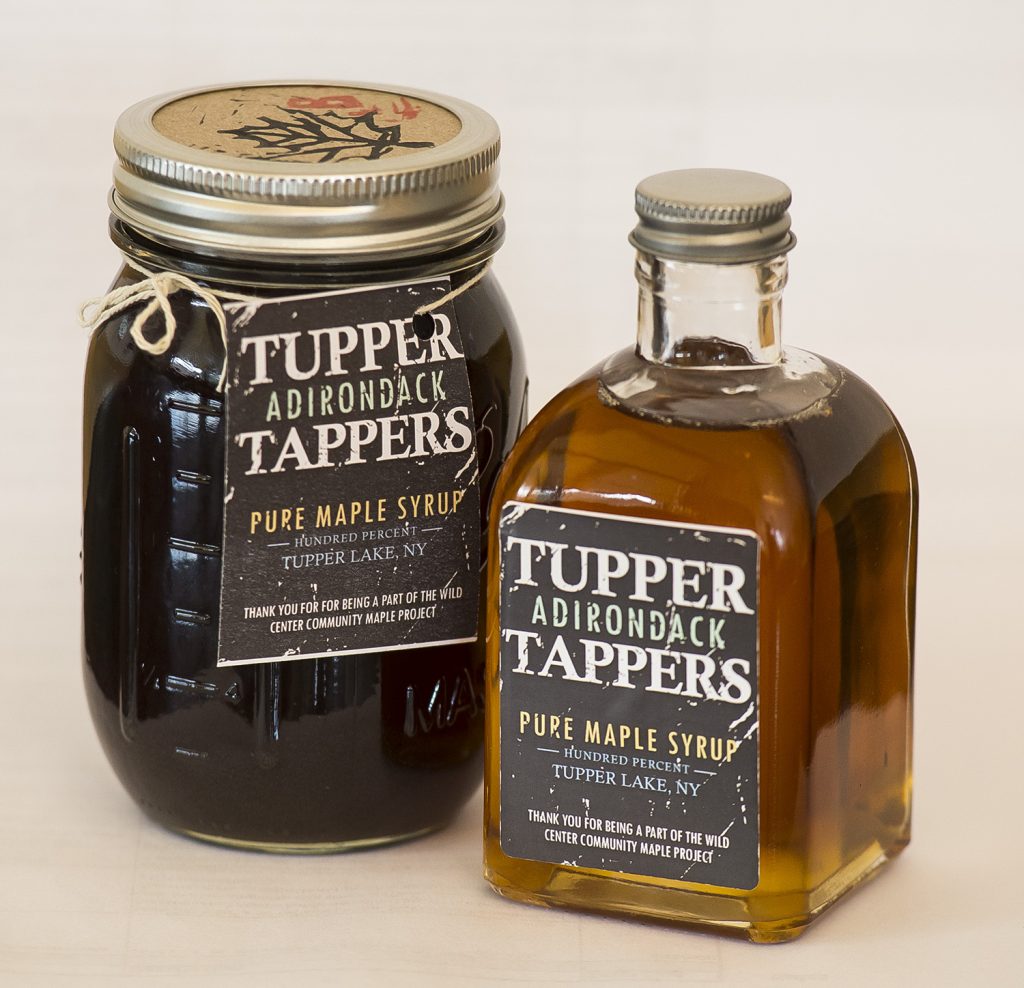
Stay up to date
During the sugaring season, the weekly Wild Wire e-news includes information on how to sign up for the Community Maple Project.
Sign-up for updates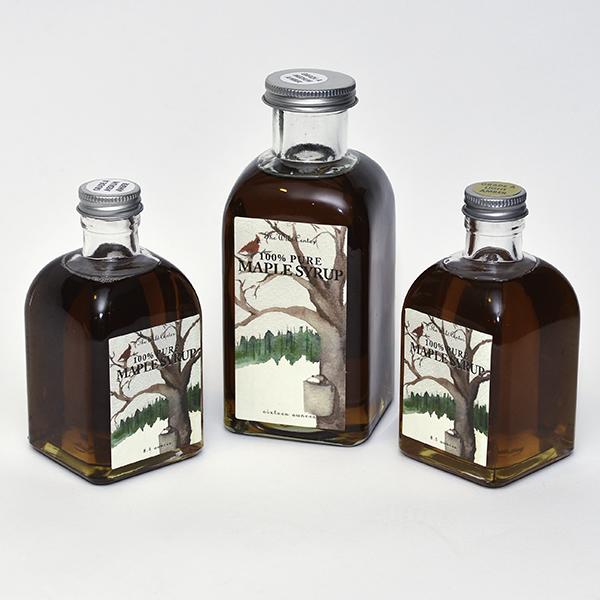
The taste of maple at home!
Visit The Wild Supply Co. store and order pure Adirondack maple syrup today! Available in 8 & 16oz. bottles. Packaged right here at The Wild Center. Don’t miss the other items available in the store.
Sign-up for updatesHistorical Images of Gus Low's Maple Operation
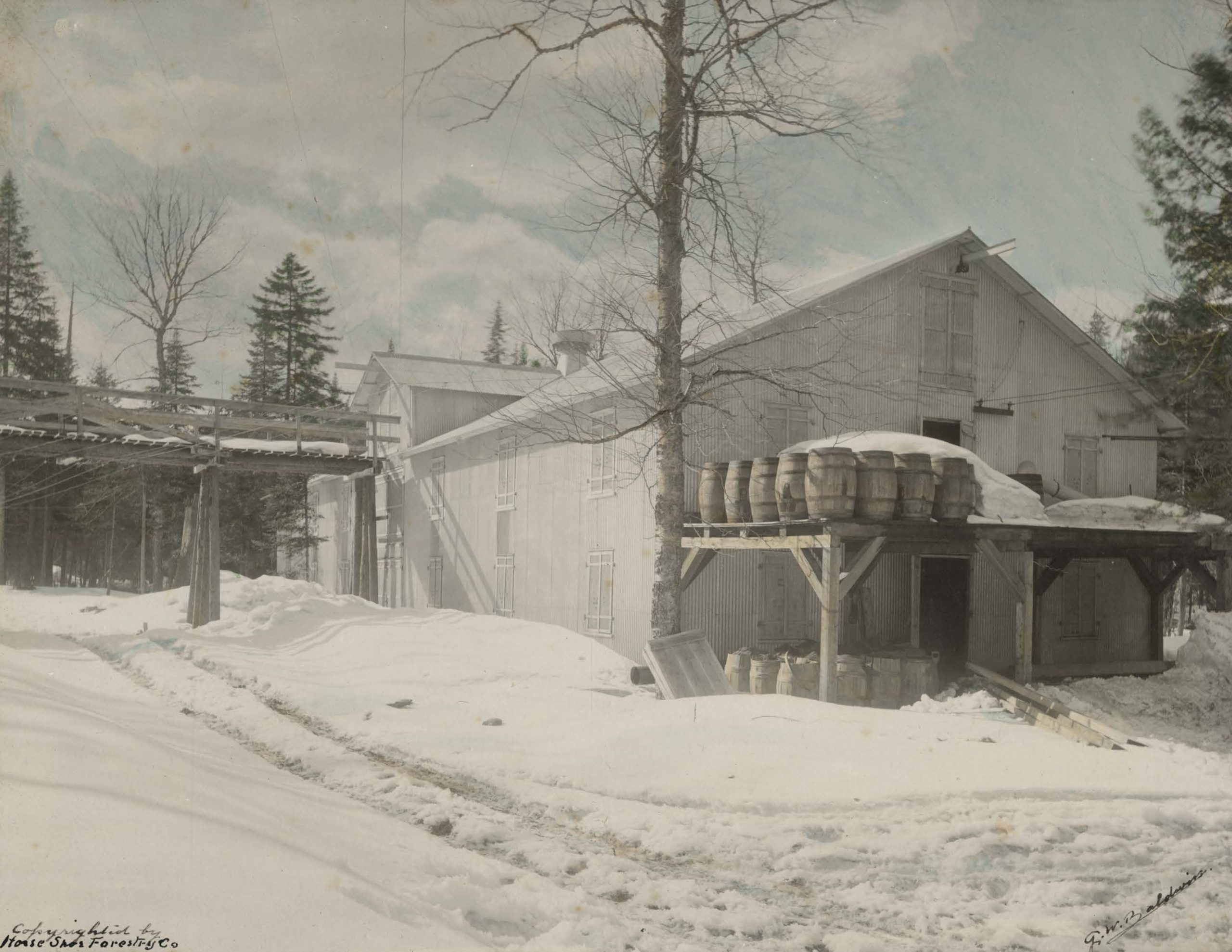
Abbot Augustus Low, an entrepreneur and inventor from Brooklyn founded Horseshoe Forestry Company near Tupper Lake in 1896. Low's company supported all his business ventures which included spring water bottling, maple syrup, wild berry preserves, and wood products. In 1907, HFC produced 20,000 gallons of syrup, the most produced in the world at the time.
A.A. Low's sugarhouse was a large building stocked with plenty of firewood. If you look closely you can see the steam rising from the building.
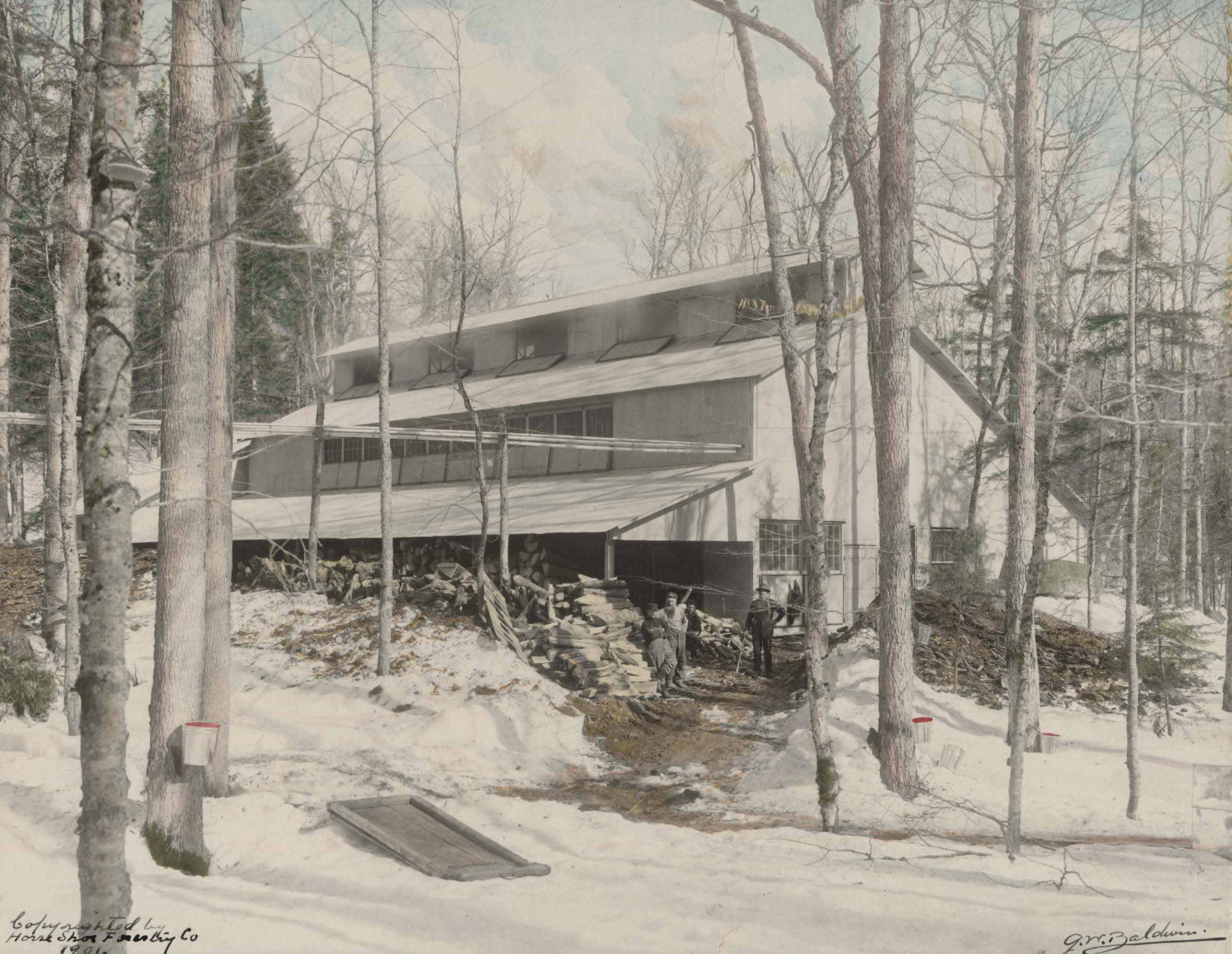
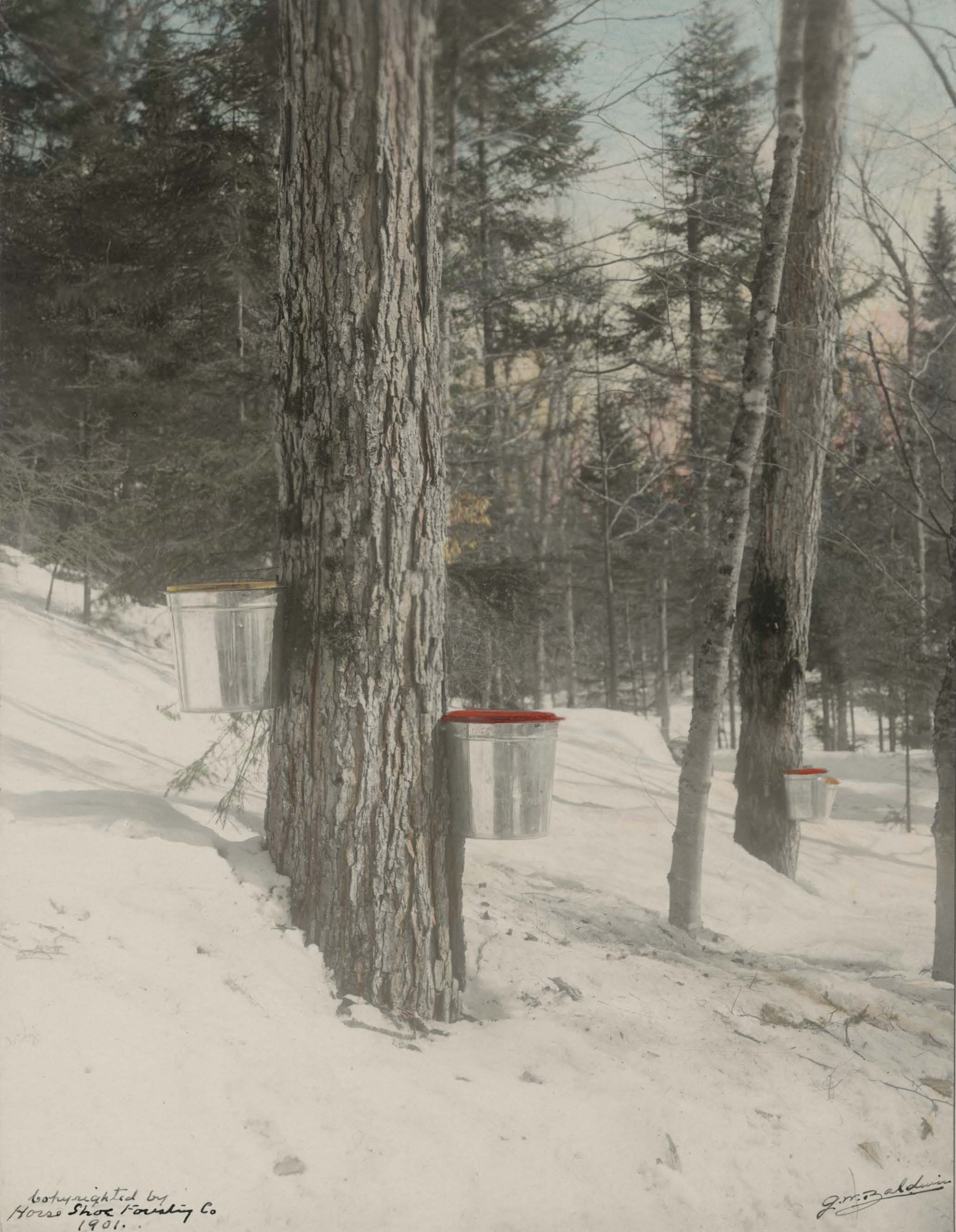
One of A.A. Low's several patents were these bucket lids for the sap collection buckets. The lids kept bugs and other animals out of the sap and prevented rain from getting in.
Buckets were emptied into pails, pails were emptied into drums, carried back to the sugarhouse on horsedrawn sleighs. Sugaring used to be a very time consuming and physically demanding job.
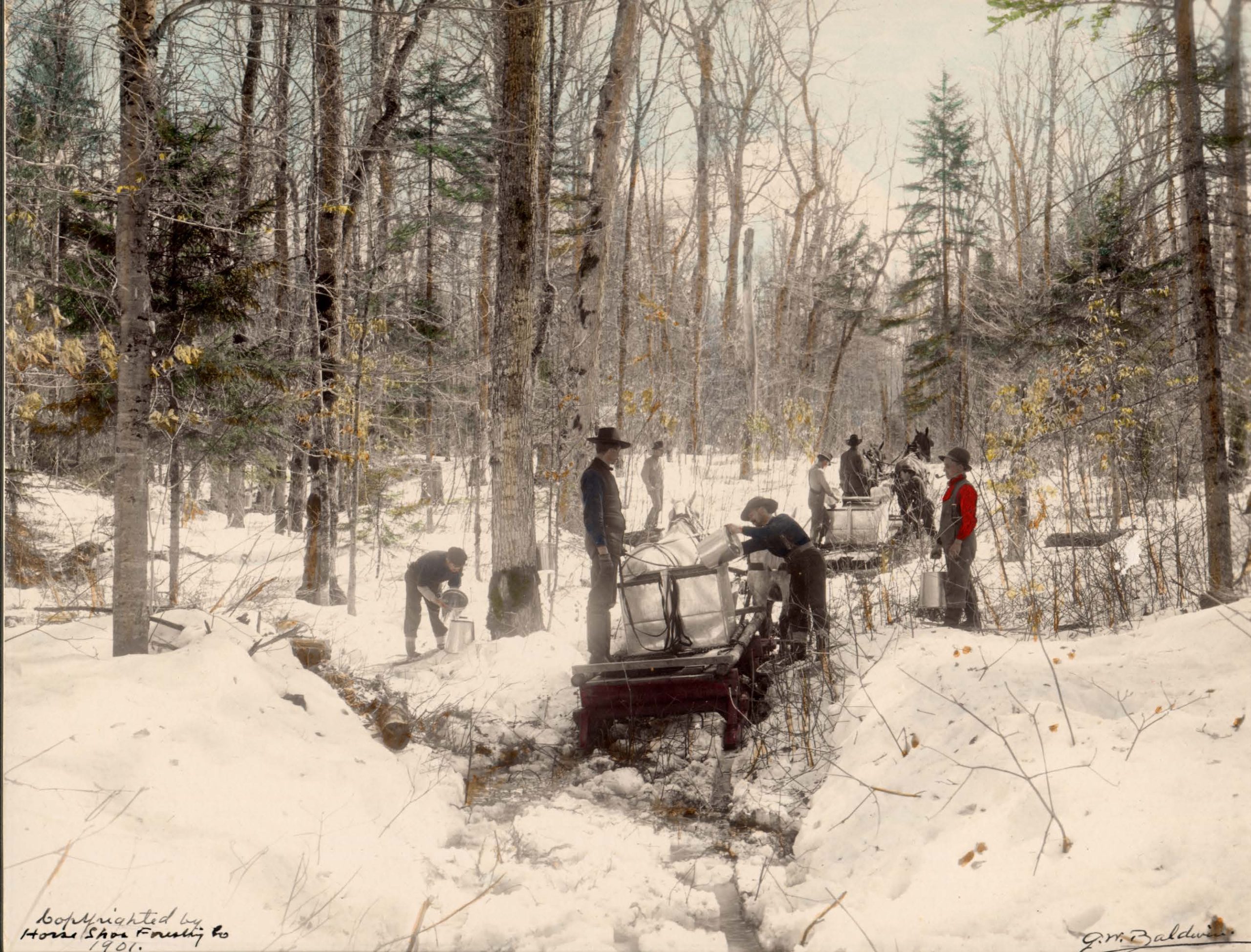
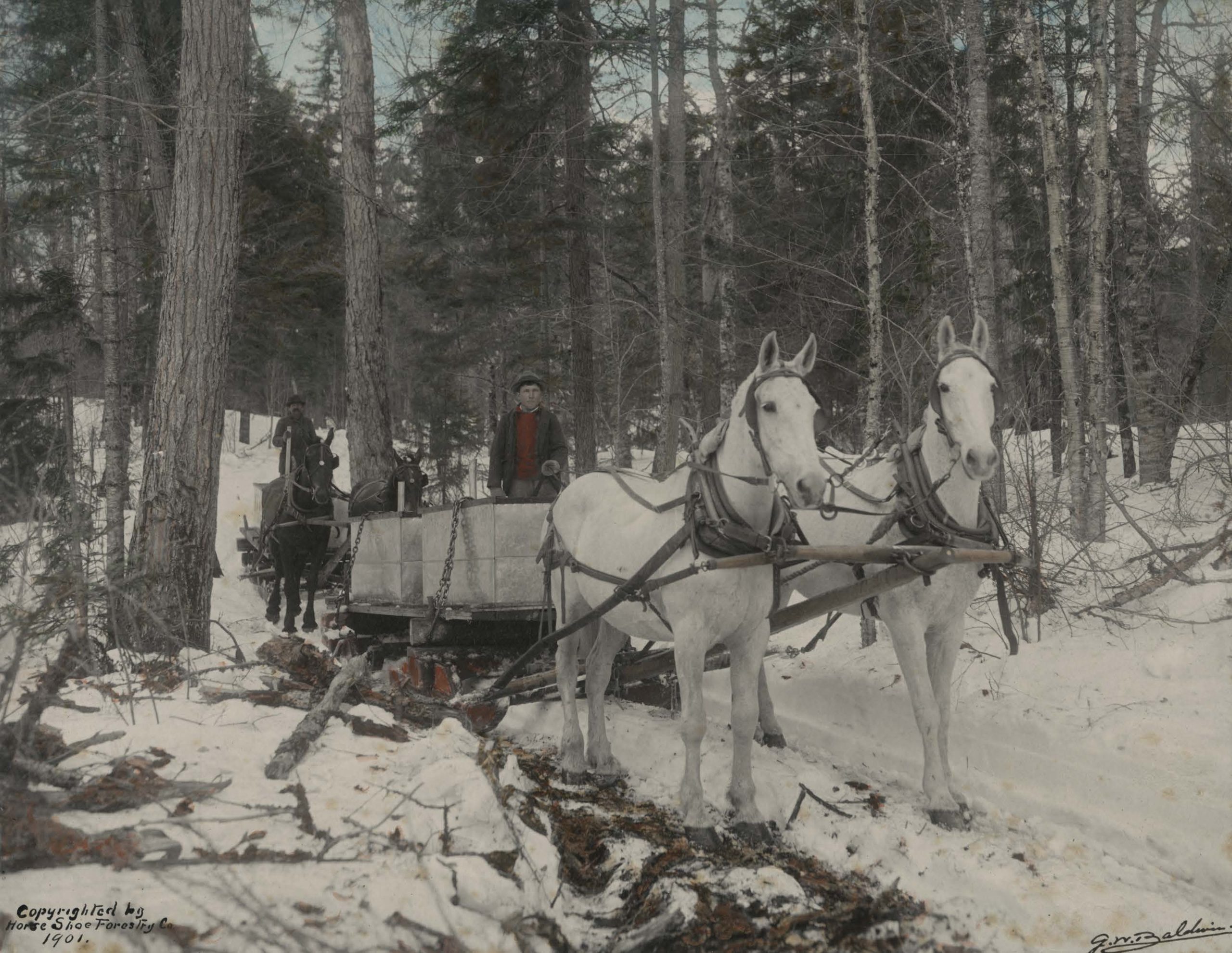
Employees at Horseshoe Forestry company used horse-drawn sleighs to collect sap from their sugarbush.
Maple Sugaring in Tupper Lake
The Wild Center Maple Project is just the newest part in the history of maple sugaring near our site. In the early 1900’s, Tupper Lake was a major producer of maple syrup.
Abbot Augustus Low was the man behind the sap. An entrepreneur and inventor from Brooklyn who owned the Horseshoe Forestry Company, his business enterprises included spring water production, wild berry preserves, and maple syrup. His large maple sugaring operation was one of the first to have a tubing system with metal pipes and troughs that used gravity instead of pails to collect sap. His property around Lows Lake included a blacksmith shop, an energy generating plant, a stable, an engine house, storehouses and maple sugaring buildings.
At peak production in 1907, Low’s operation produced 20,000 gallons of syrup.
At the time of his death in 1912, he was second only to Thomas Edison for the number of patents held by a single person, for things like a motor, exhaust system, igniter, bottle design and a means of preserving maple sugar. He invented a square glass bottle to ship spring water to New York City. The square bottle allowed for easier packing in a box. The bottles could then be returned and reused.
Abbot Augustus Low was the man behind the sap. An entrepreneur and inventor from Brooklyn who owned the Horseshoe Forestry Company, his business enterprises included spring water production, wild berry preserves, and maple syrup. His large maple sugaring operation was one of the first to have a tubing system with metal pipes and troughs that used gravity instead of pails to collect sap. His property around Lows Lake included a blacksmith shop, an energy generating plant, a stable, an engine house, storehouses and maple sugaring buildings.
At peak production in 1907, Low’s operation produced 20,000 gallons of syrup.
At the time of his death in 1912, he was second only to Thomas Edison for the number of patents held by a single person, for things like a motor, exhaust system, igniter, bottle design and a means of preserving maple sugar. He invented a square glass bottle to ship spring water to New York City. The square bottle allowed for easier packing in a box. The bottles could then be returned and reused.
